On February 8, Lam Binh District People's Committee held a ceremony to receive the National Intangible Cultural Heritage for the knowledge and wet rice cultivation practices of the Tay people in Lang Can, Hong Quang, Khuon Ha, Thuong Lam, and Phuc Yen communes.
Vice Chairwoman of Lam Binh District People's Committee Chau Thi Khuyen affirmed that the knowledge and practice of wet rice cultivation of the Tay people being recognized as a national intangible cultural heritage is a source of pride not only for the district but also for the entire Tay ethnic community nationwide.
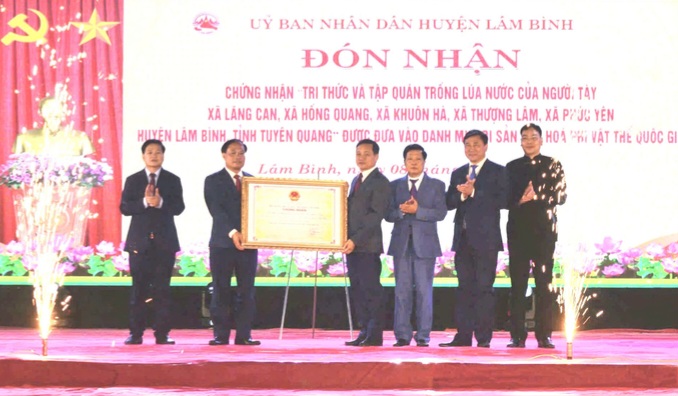 Lam Binh District People's Committee held a ceremony to receive the National Intangible Cultural Heritage. Photo: Dao Thanh
Lam Binh District People's Committee held a ceremony to receive the National Intangible Cultural Heritage. Photo: Dao Thanh
Lam Binh is a land with a strong cultural identity. Currently, the district has 12 ethnic groups living together, of which the Tay people account for more than 60% of the population. In the history of living and developing, the Tay people have created a system of indigenous knowledge in wet rice cultivation.
Techniques for selecting seeds, planting, and managing water resources are accumulated and passed down through many generations, contributing to ensuring food sources and creating a unique cultural identity.
Knowledge and practices of wet rice cultivation do not stop at production techniques but are also closely linked to the spiritual life of the people. Traditional festivals such as Long Tong, the new rice celebration ceremony or folk customs integrated into the crop season contribute to creating a meaningful cultural space.
The recognition of the knowledge and practices of wet rice cultivation of the Tay people as an intangible cultural heritage affirms the traditional values of the Tay people. At the same time, it opens up sustainable development opportunities for Lam Binh district in developing indigenous culture and promoting local tourism.
Source: https://laodong.vn/du-lich/tin-tuc/tri-thuc-trong-lua-nuoc-nguoi-tay-duoc-cong-nhan-la-di-san-1460600.html








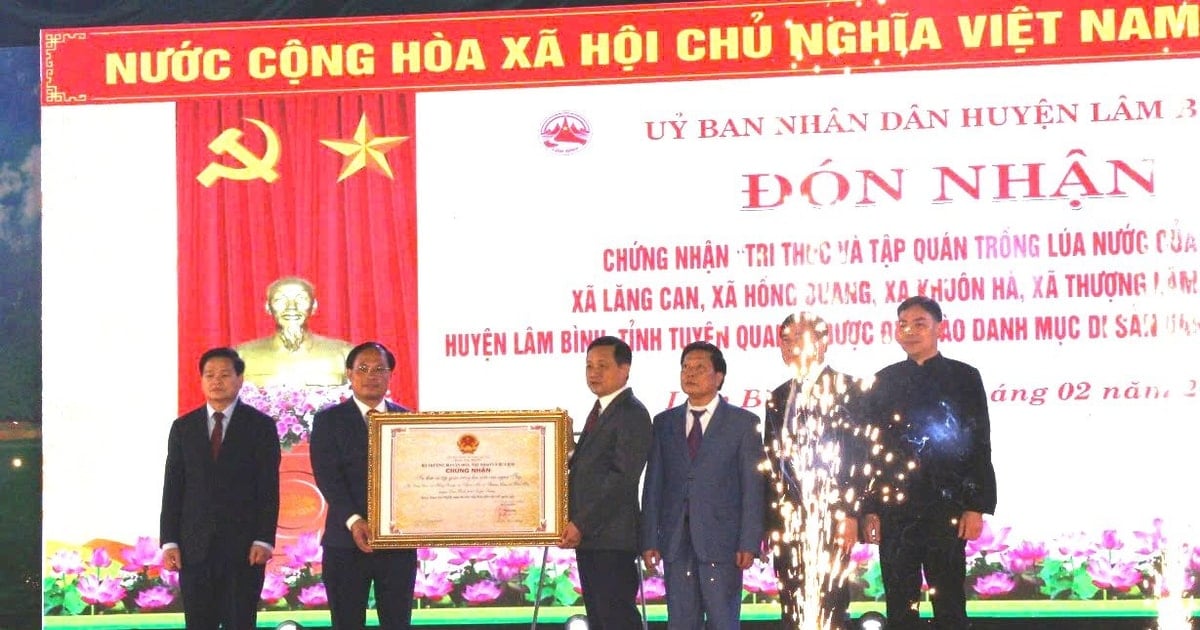

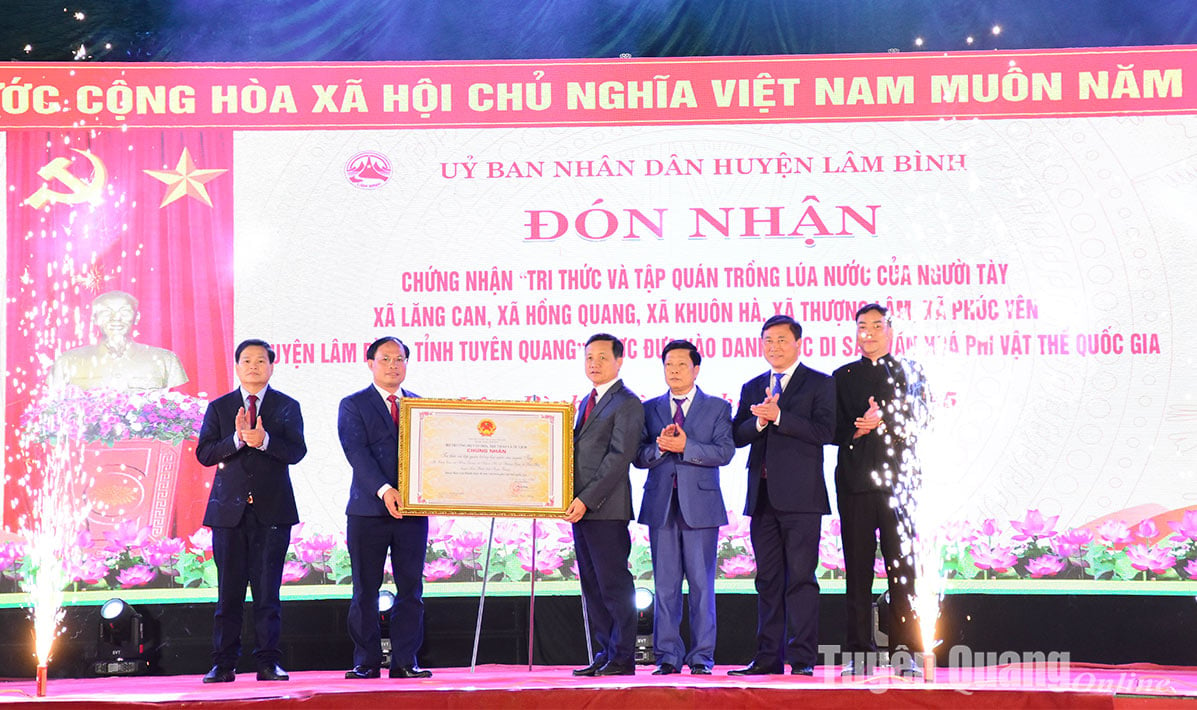


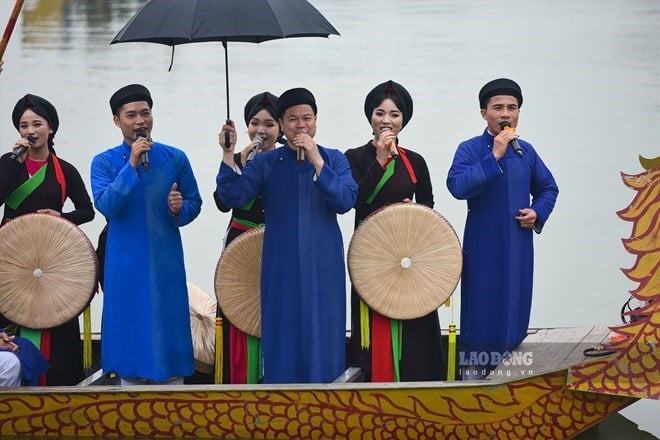
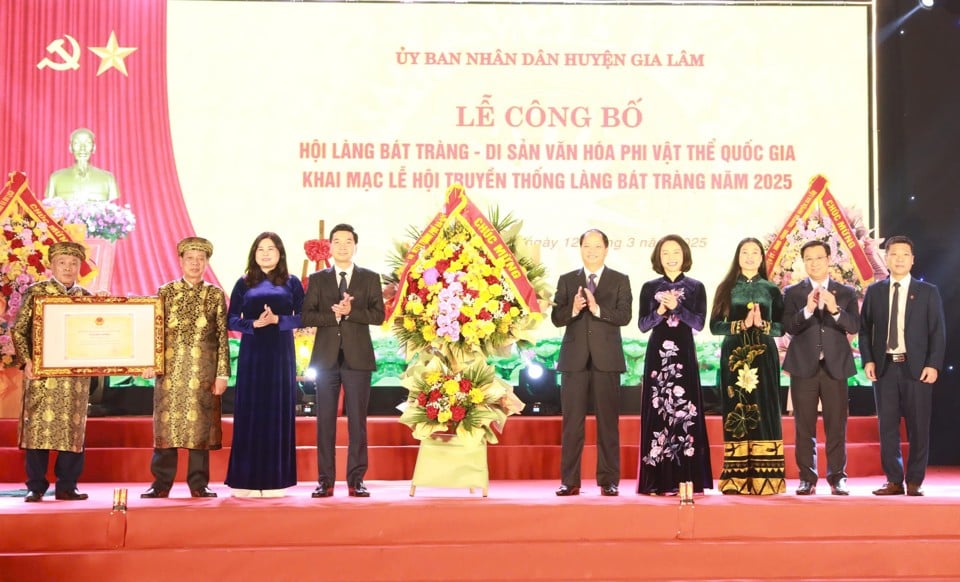



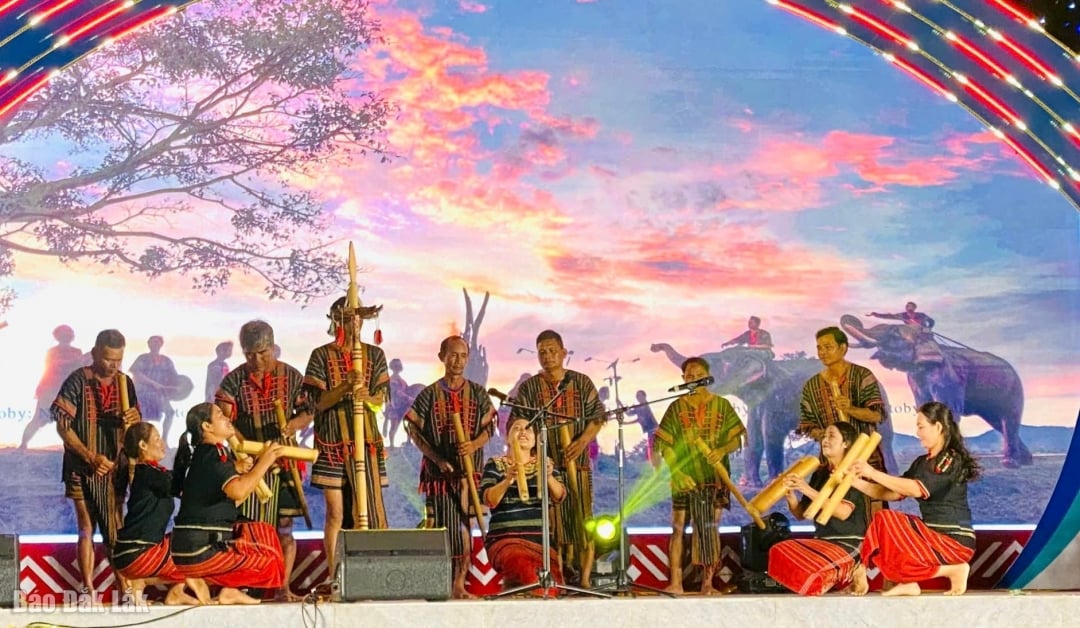
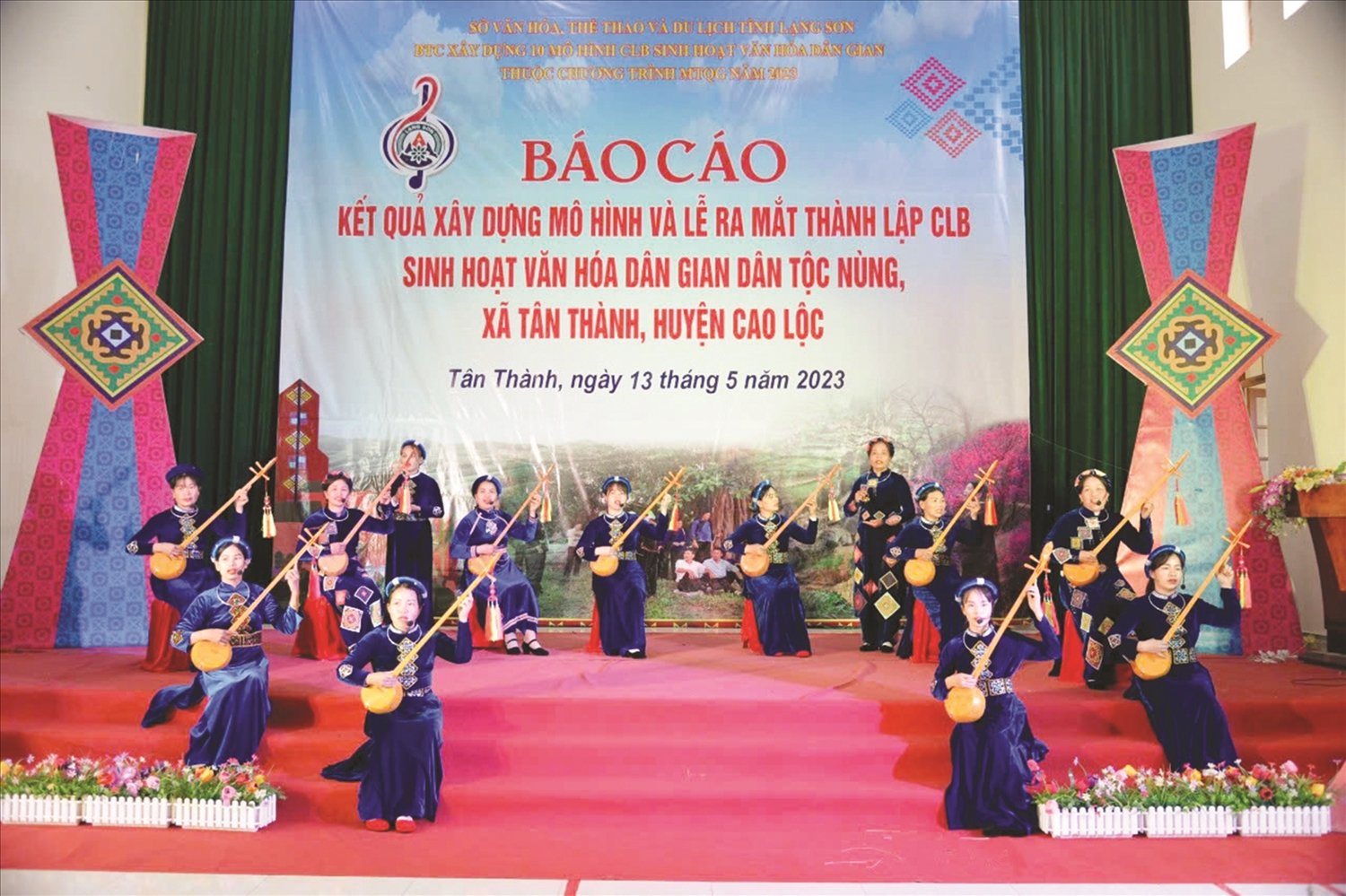




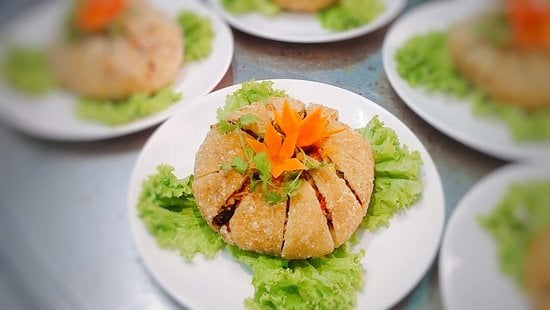

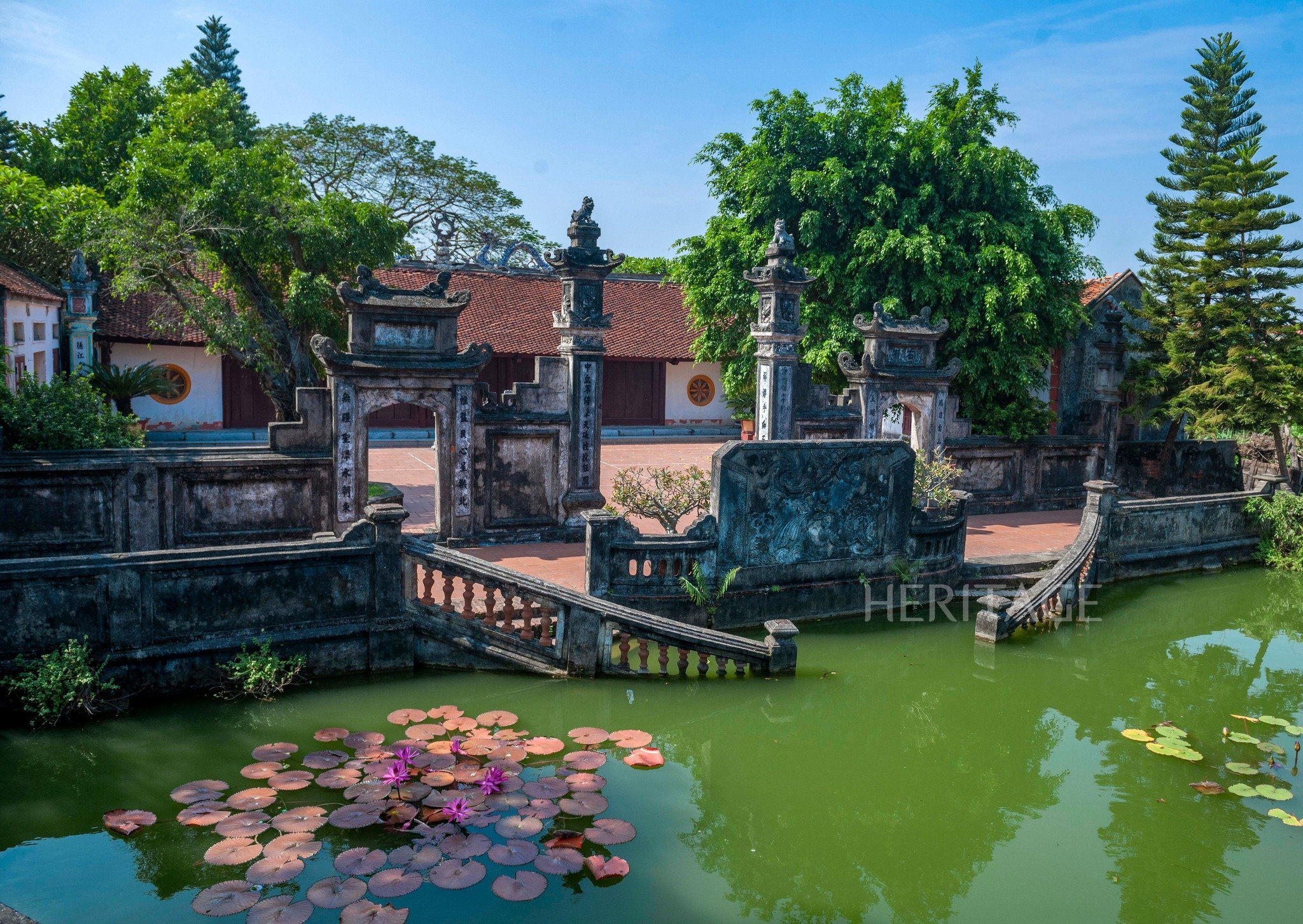
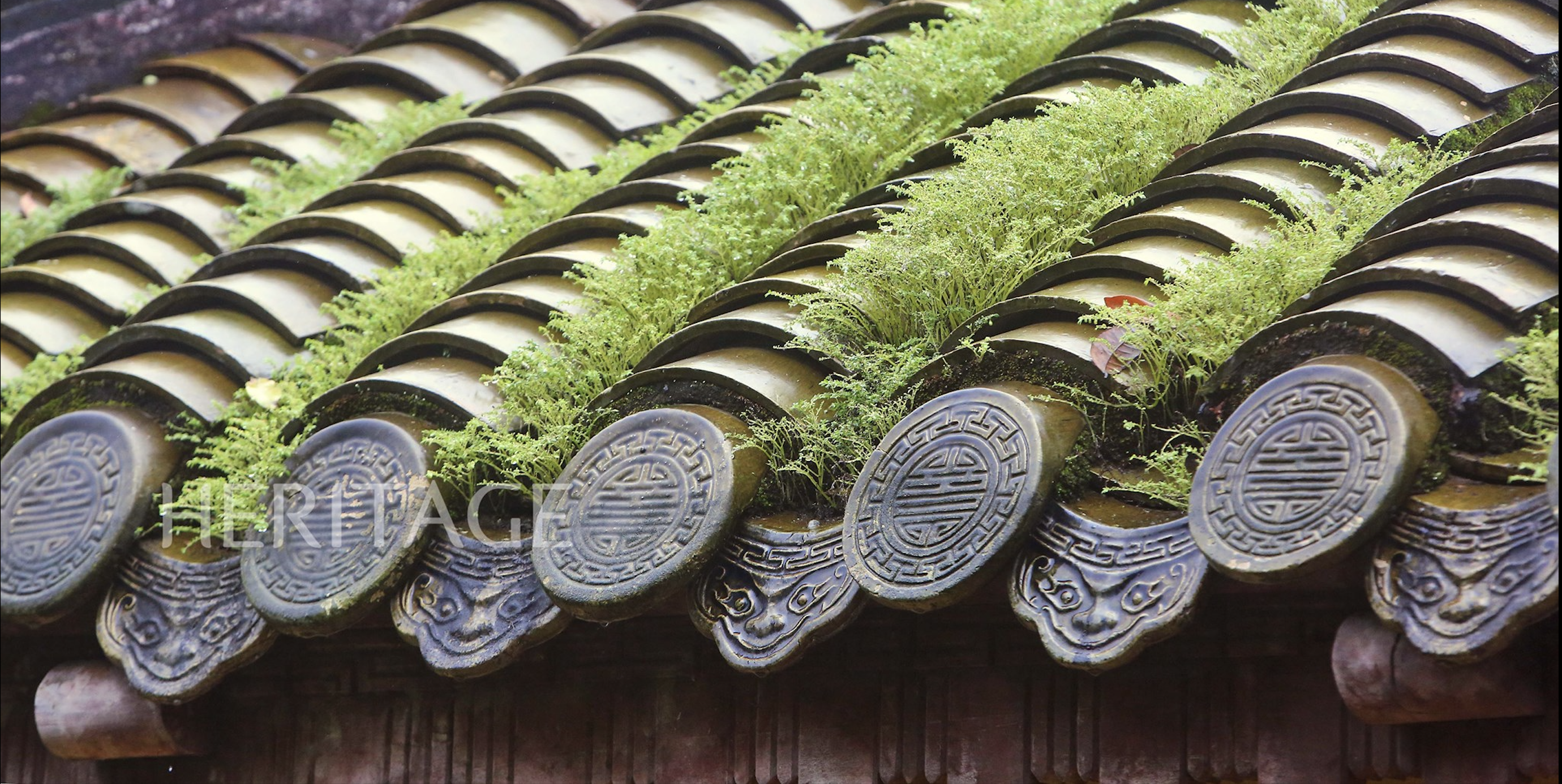

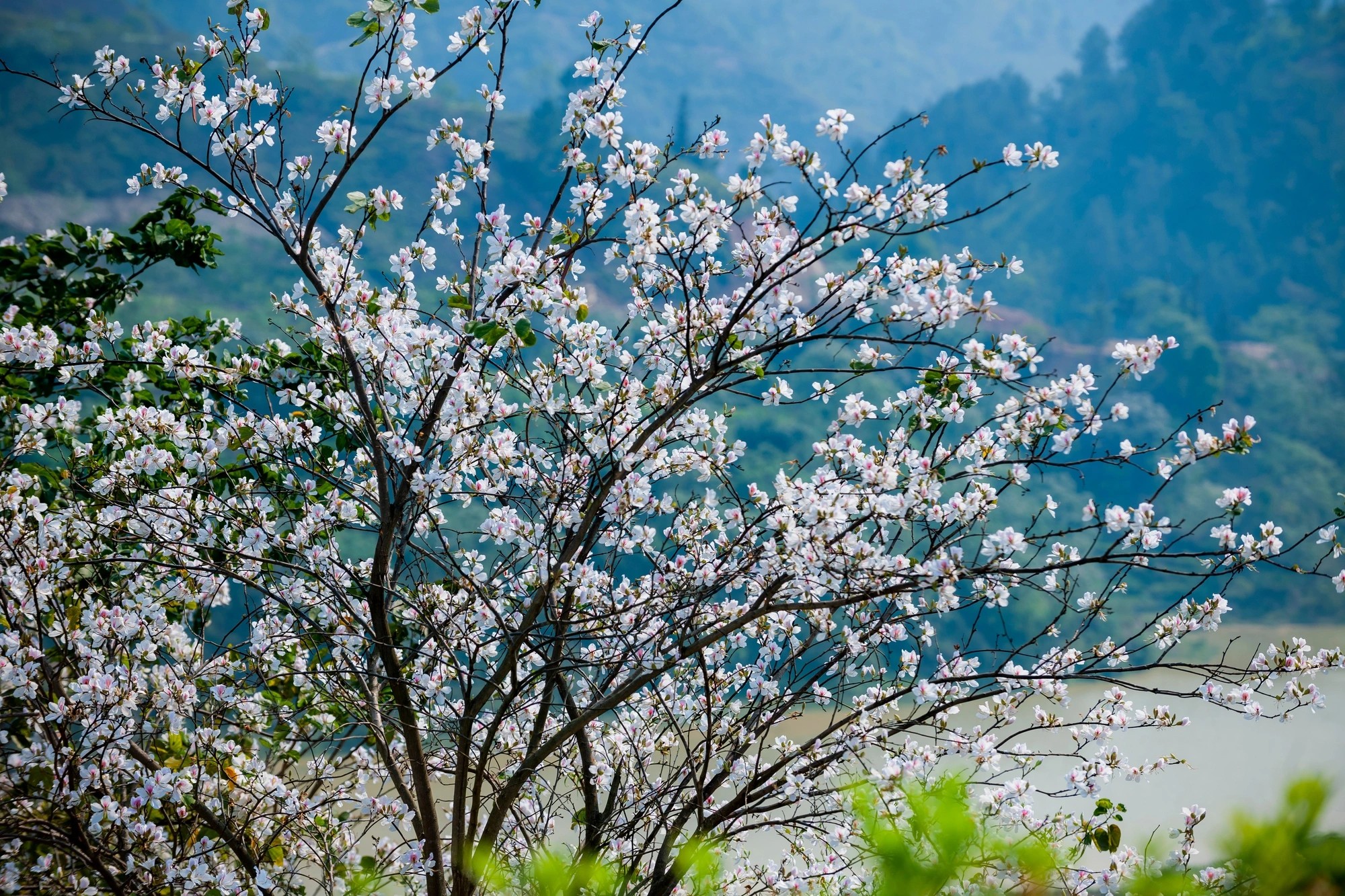
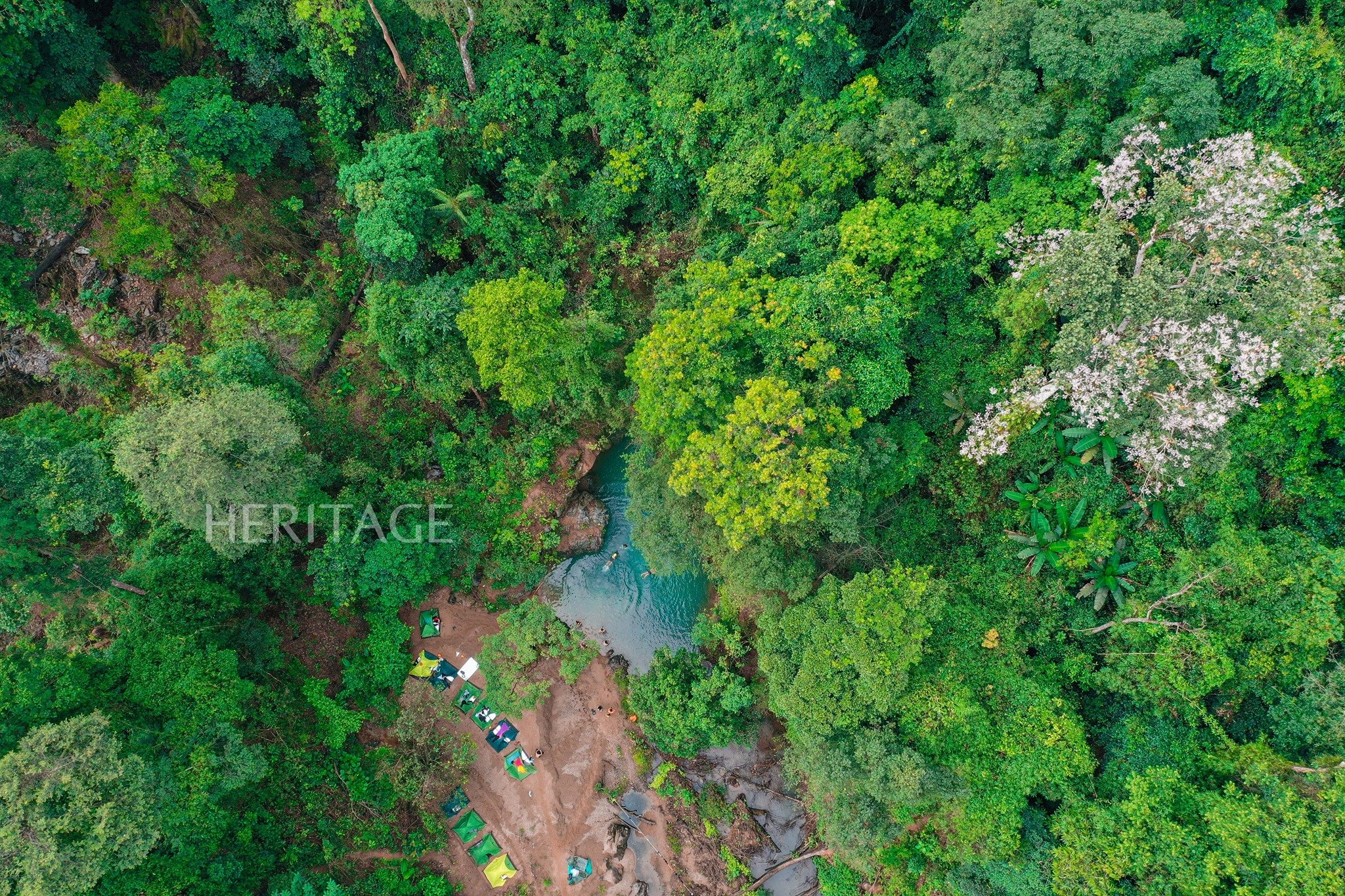


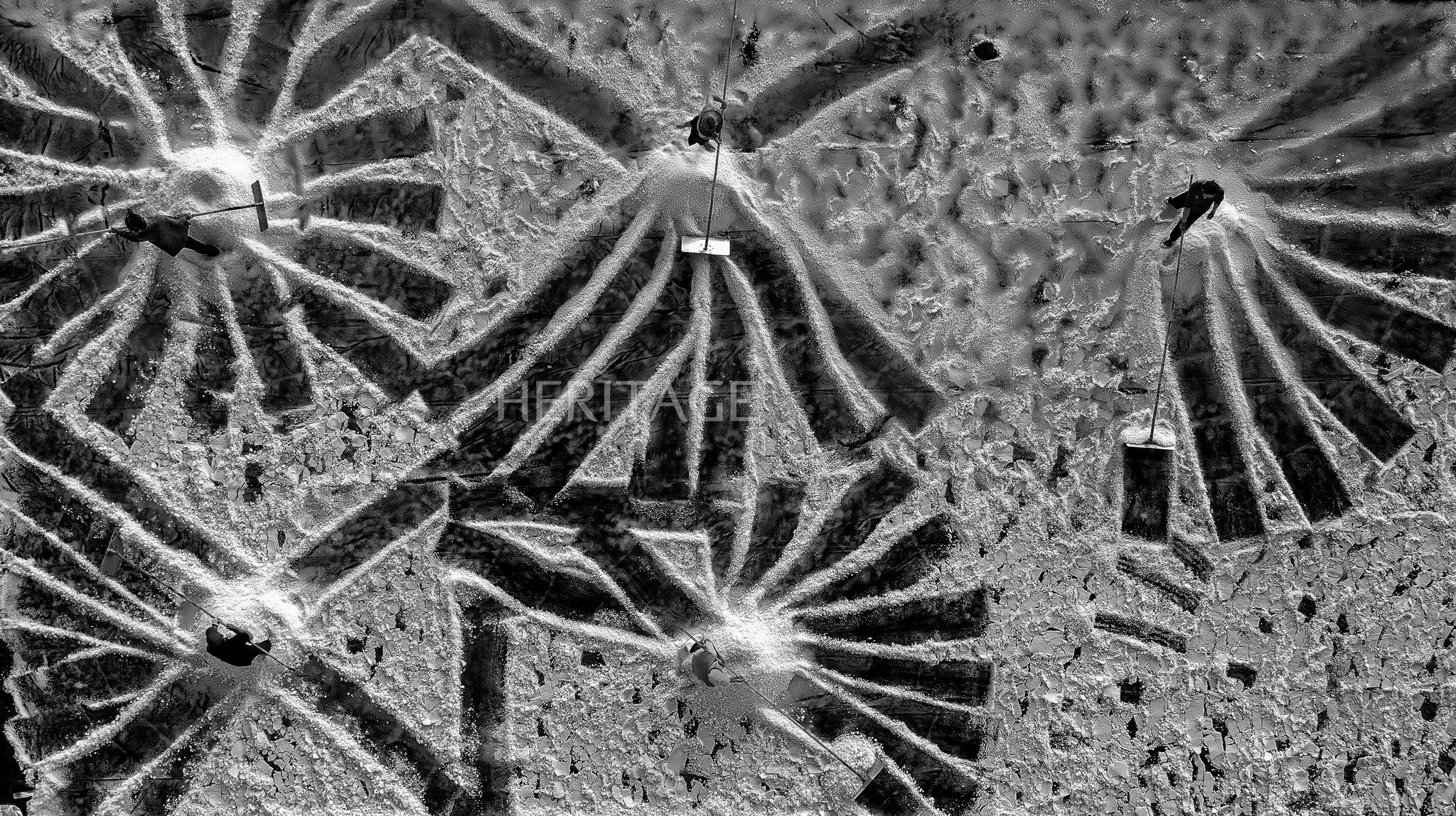








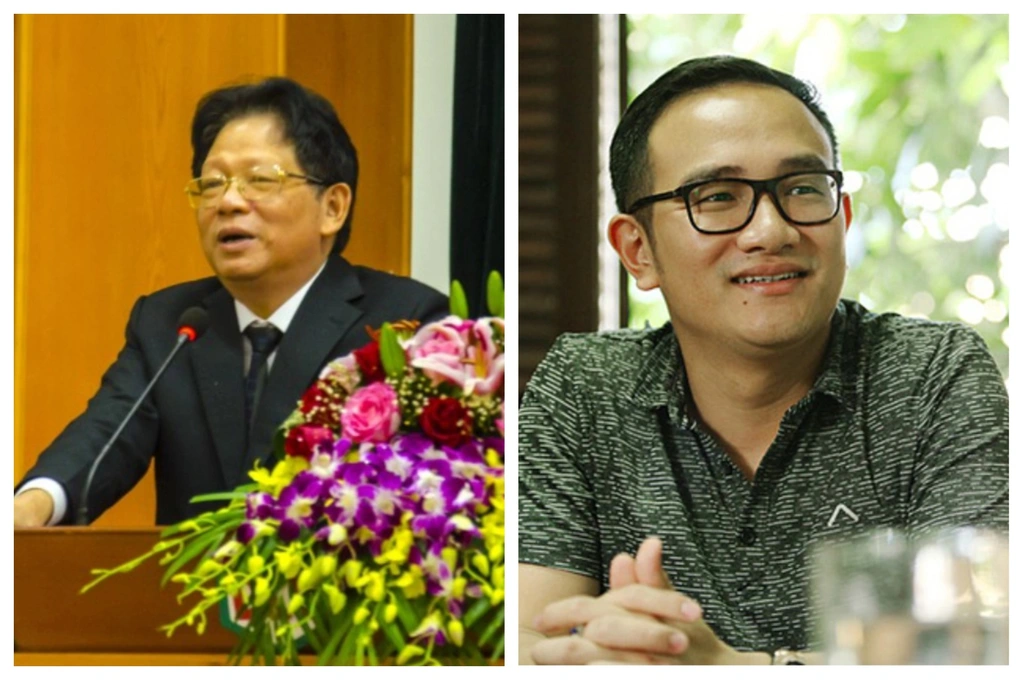

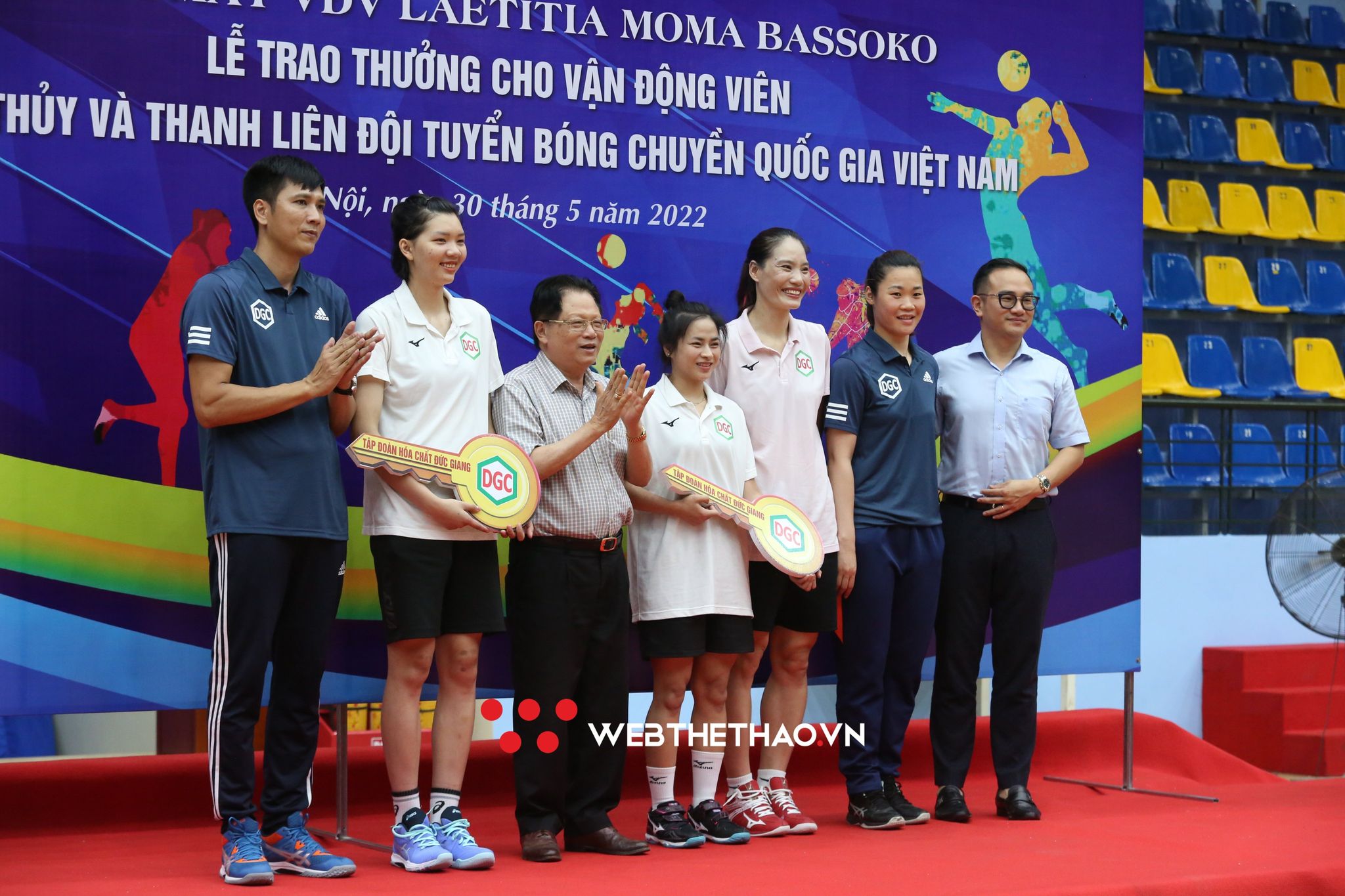








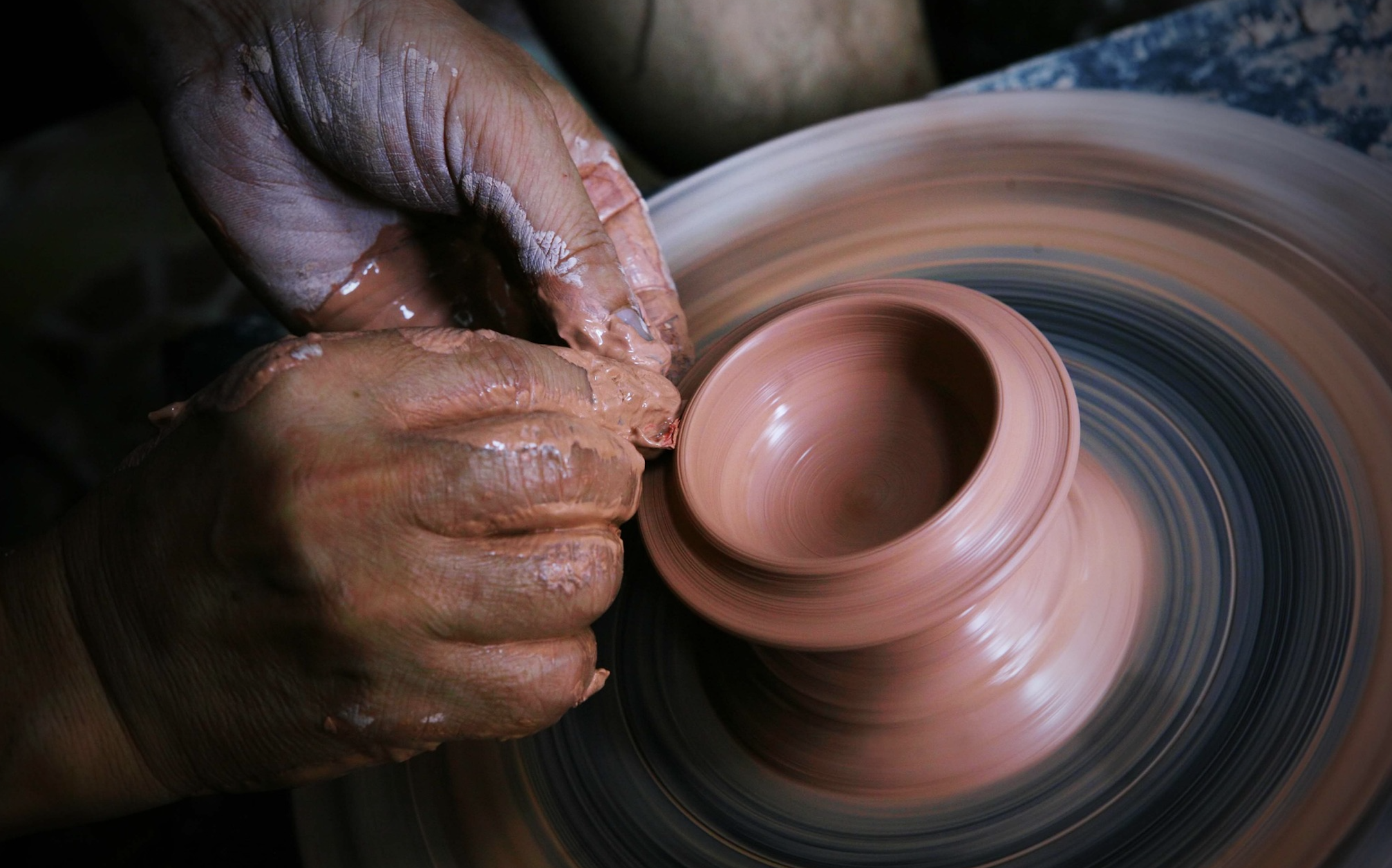

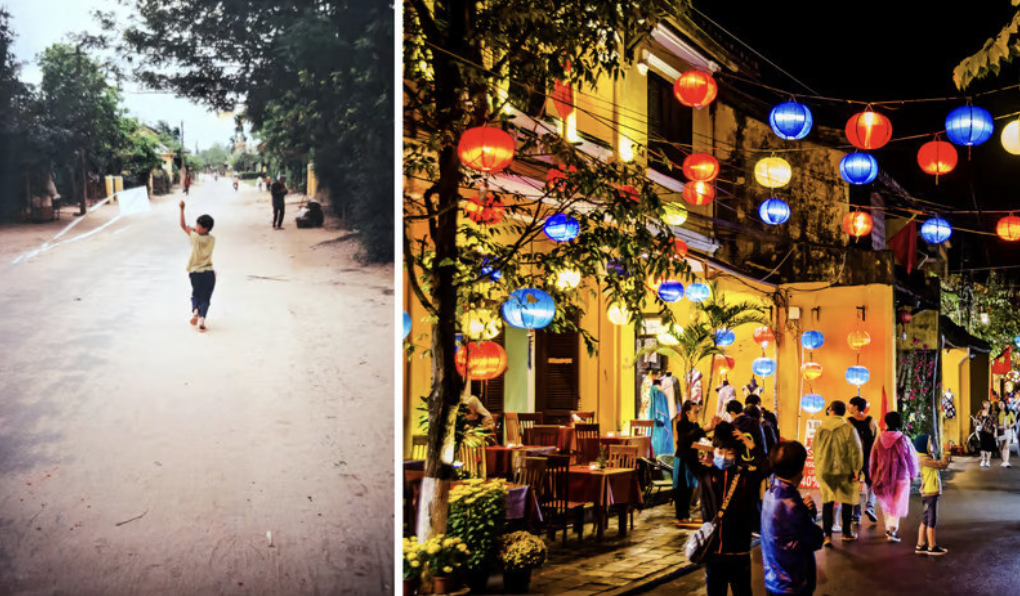
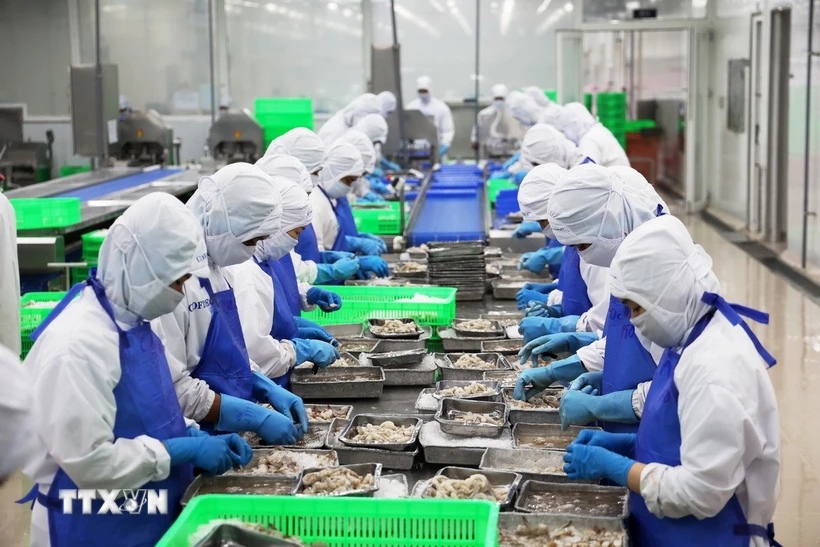


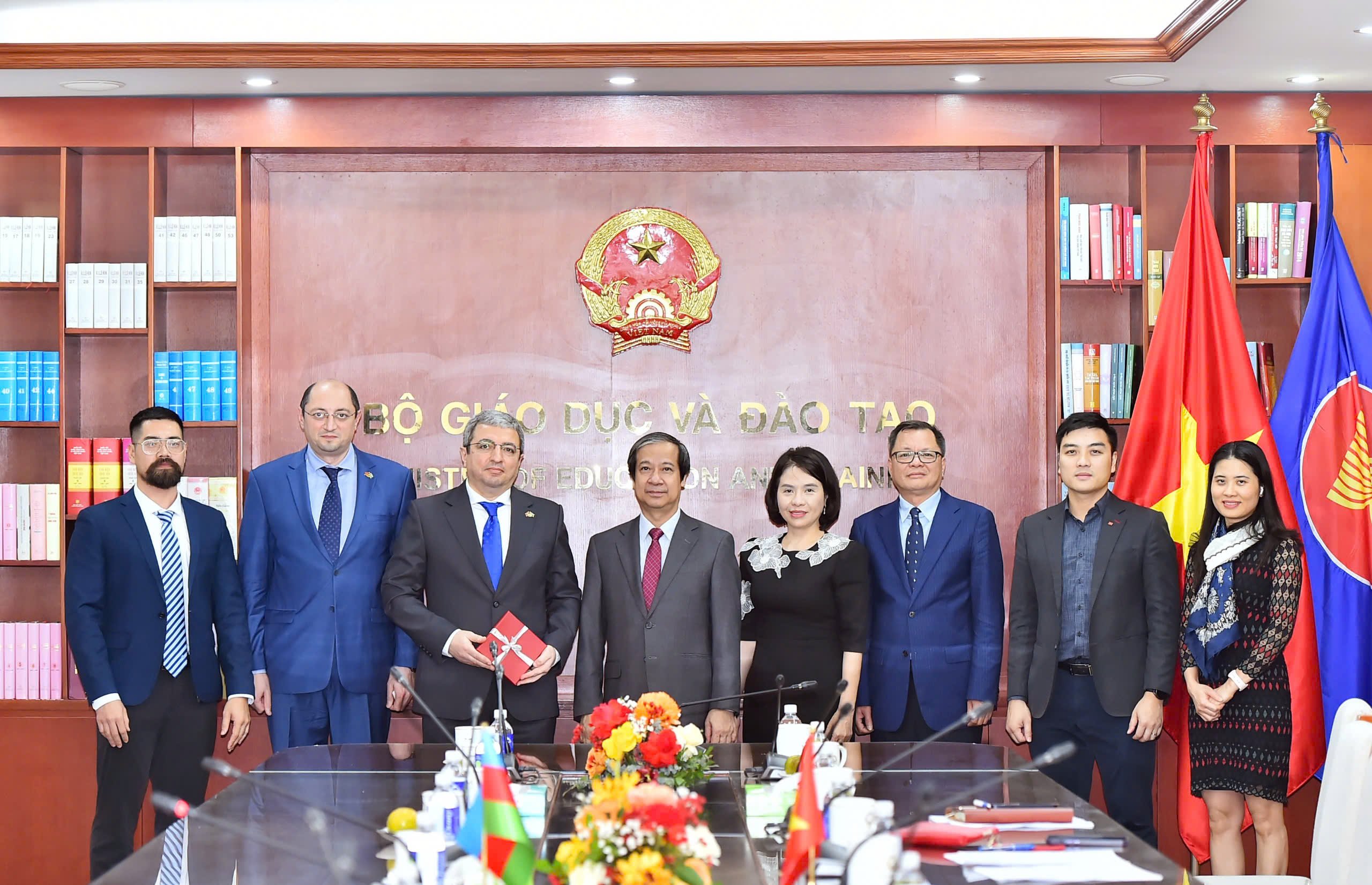

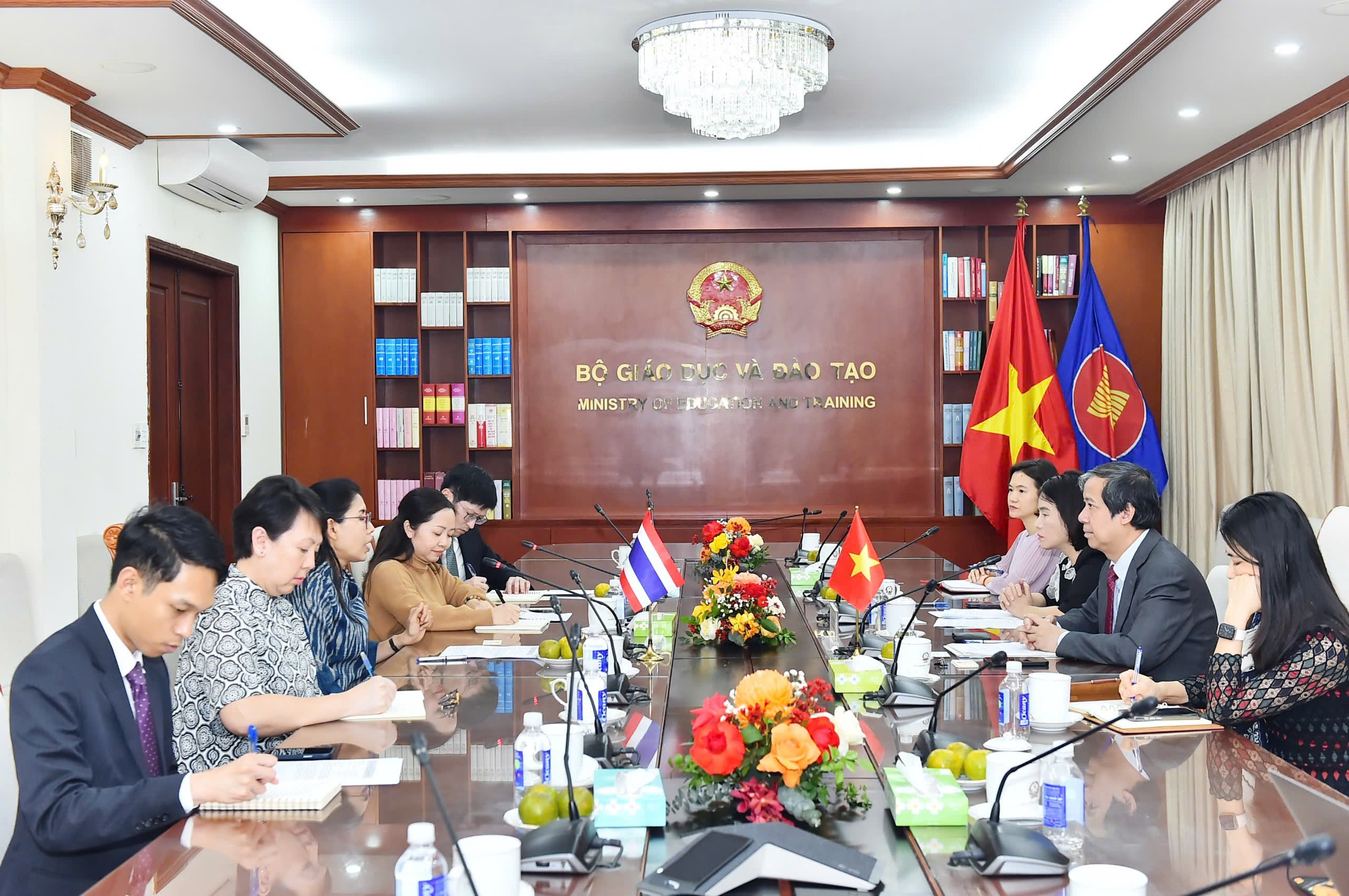
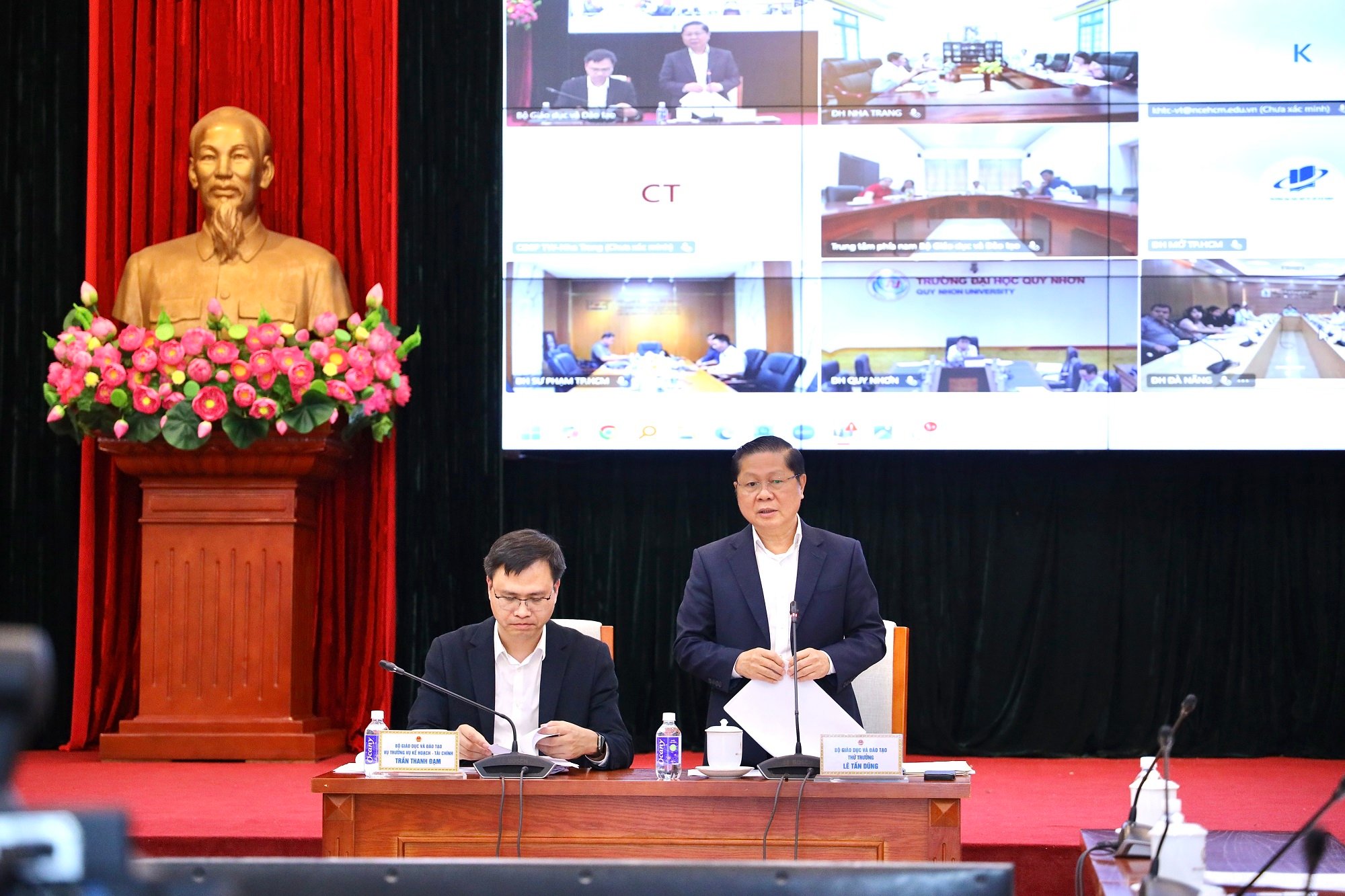
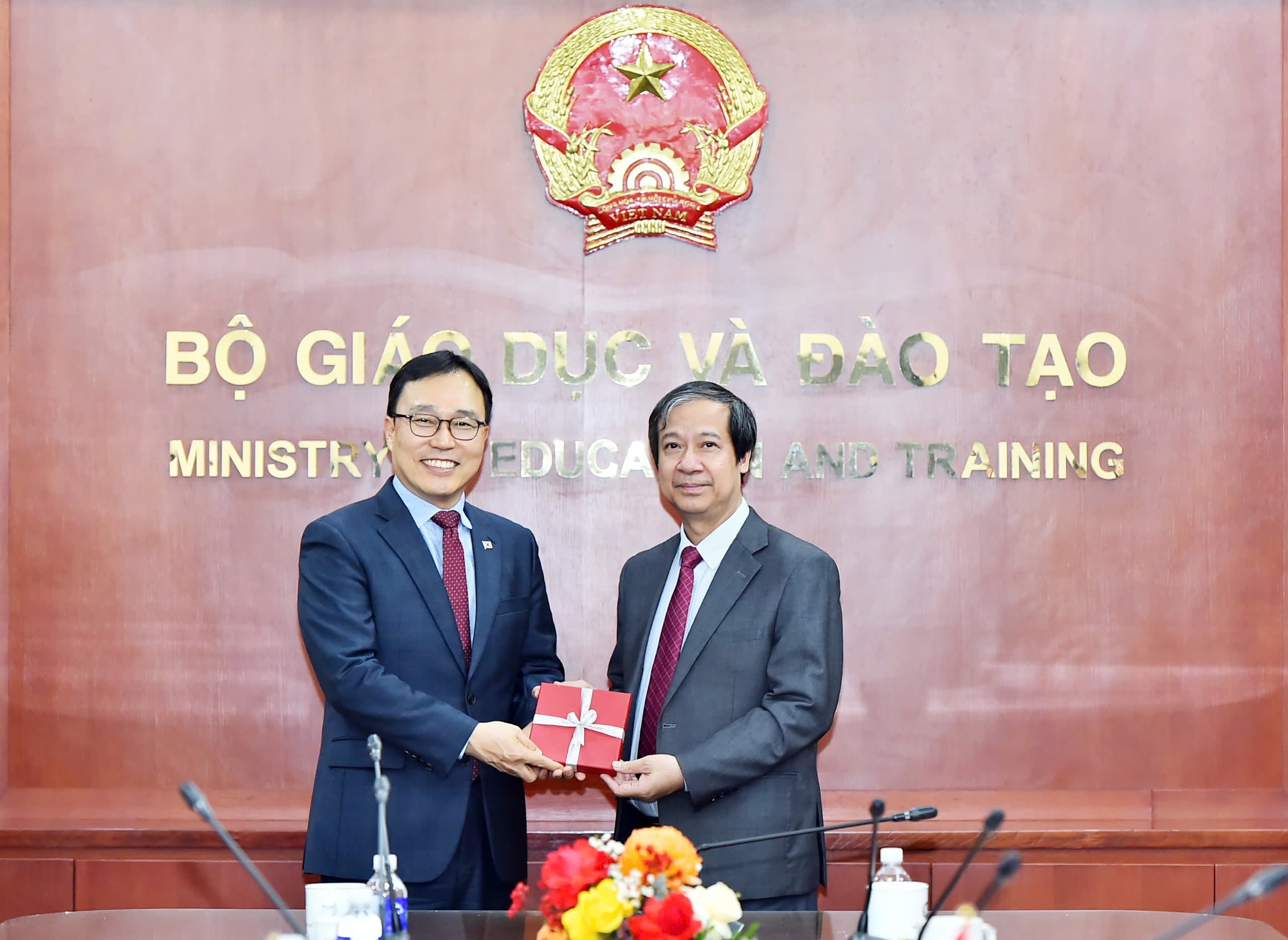
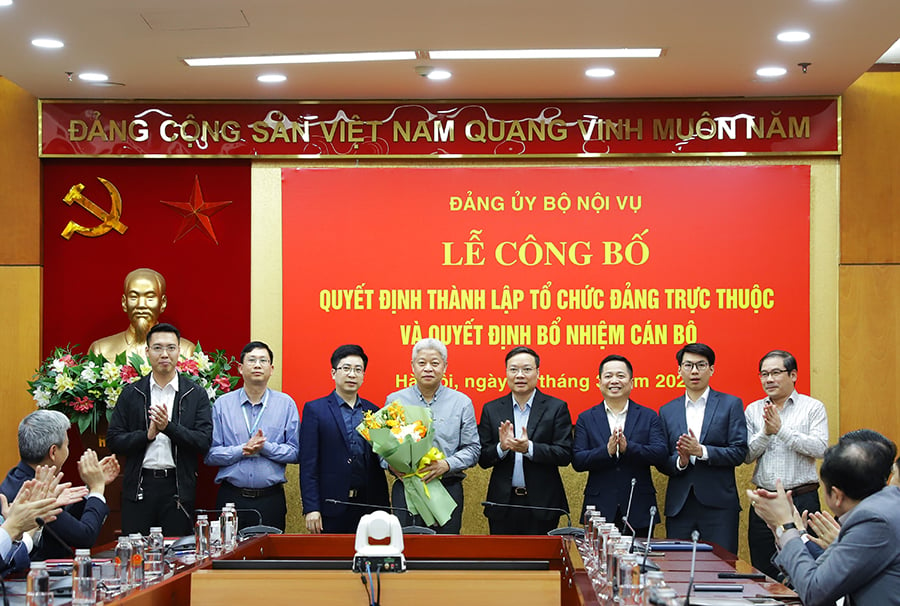









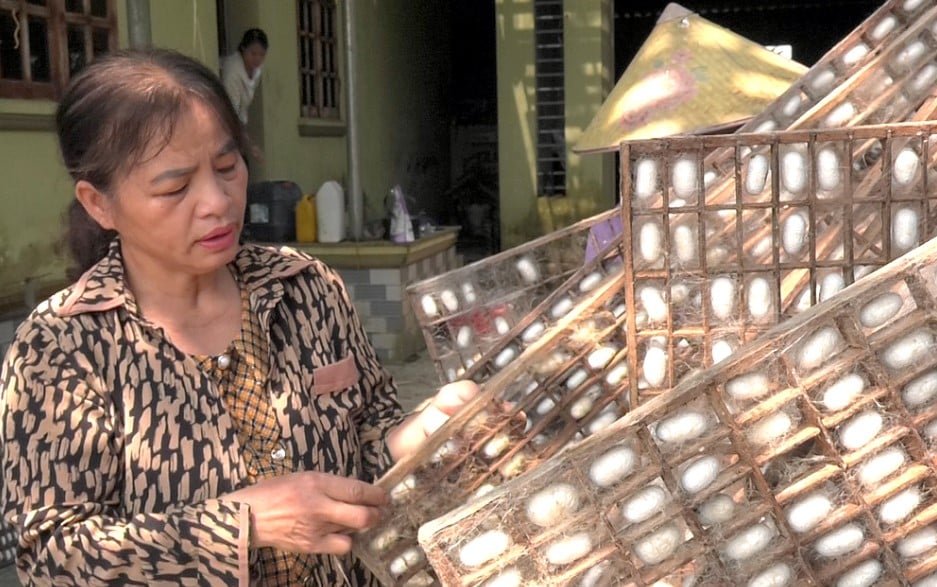
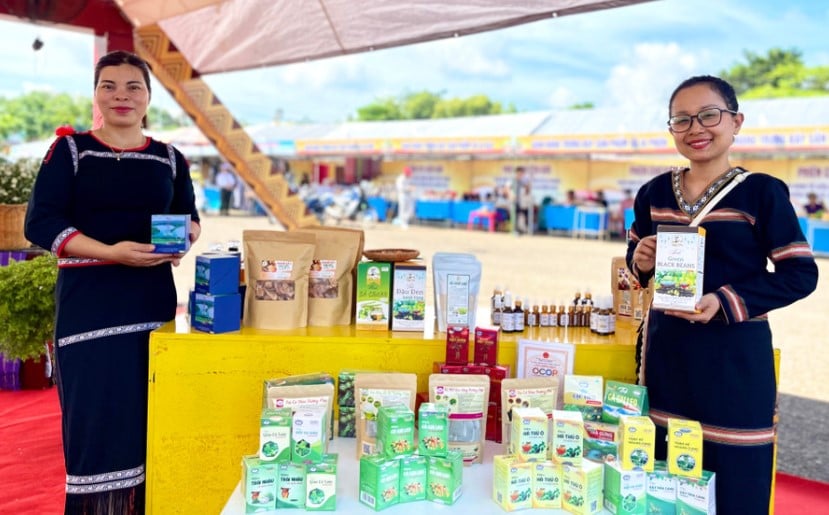

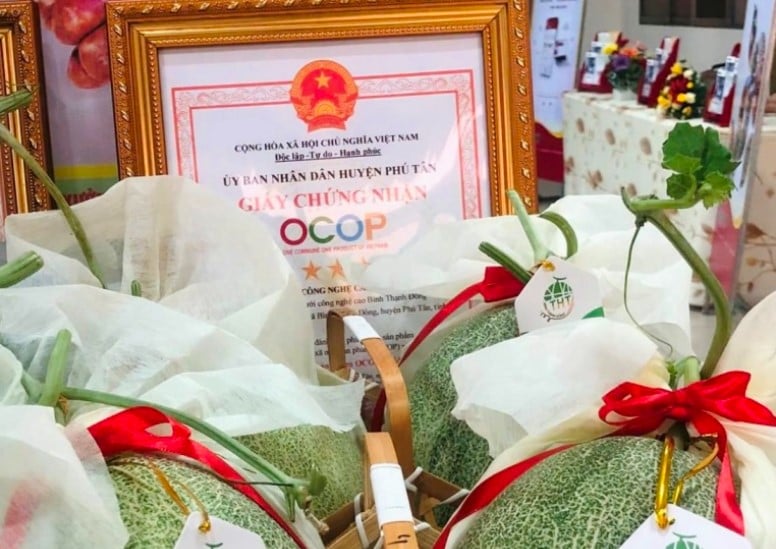

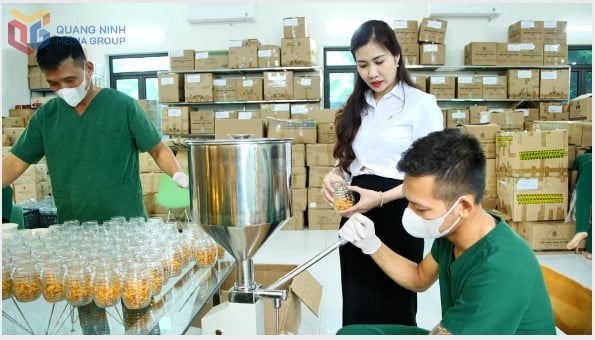


Comment (0)